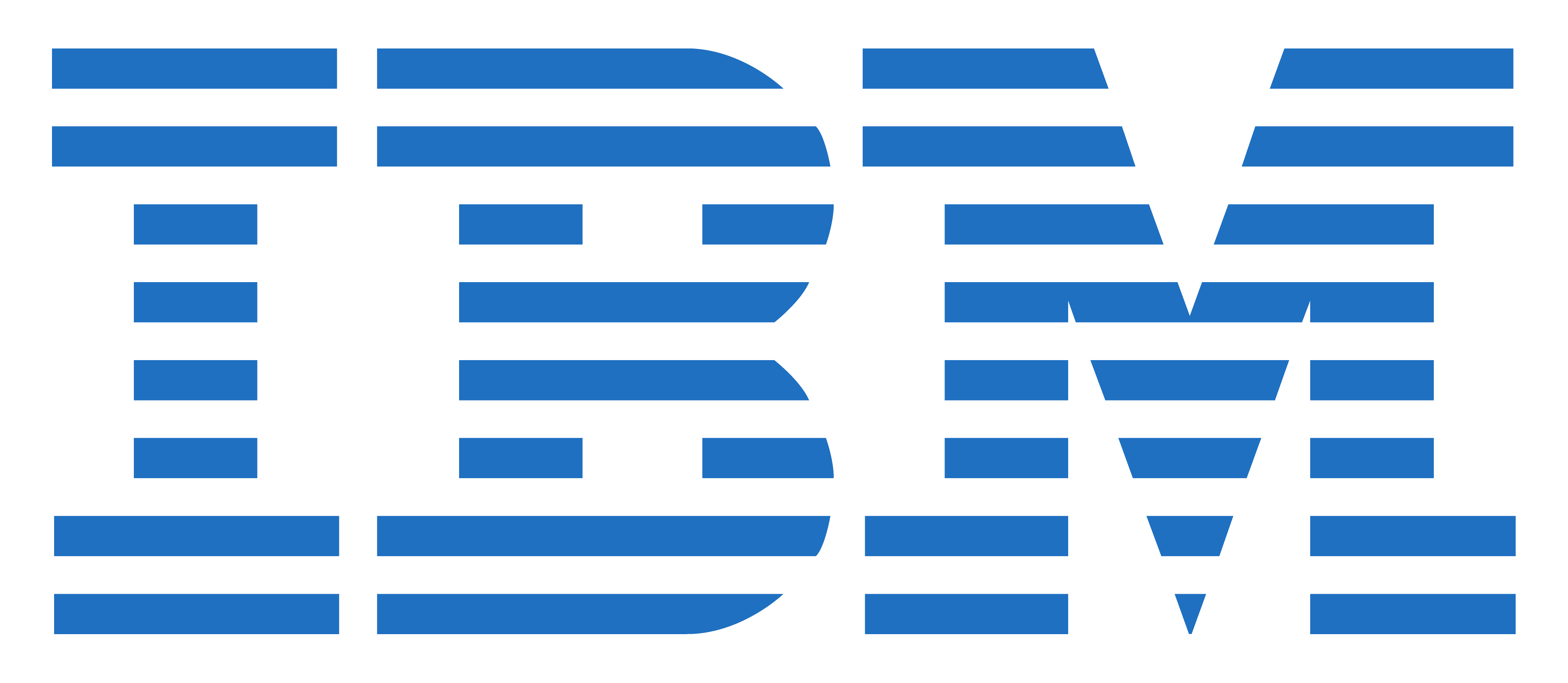
Optimizing your network for the cloud-first world
Whether your organization is going all in on cloud or they have a more conservative approach, the undeniable reality is that workloads are moving to the cloud at warp speed. And with many IT leaders concerned that the complexity of the network hampers their organization's ability to migrate apps to the cloud, it's up to you to transform the network to meet the new demands.
Read this e-book to learn how a unified app-delivery strategy can help you:
- Increase IT efficiency
- Reduce security risks
- Free IT staff to focus on more strategic initiatives












